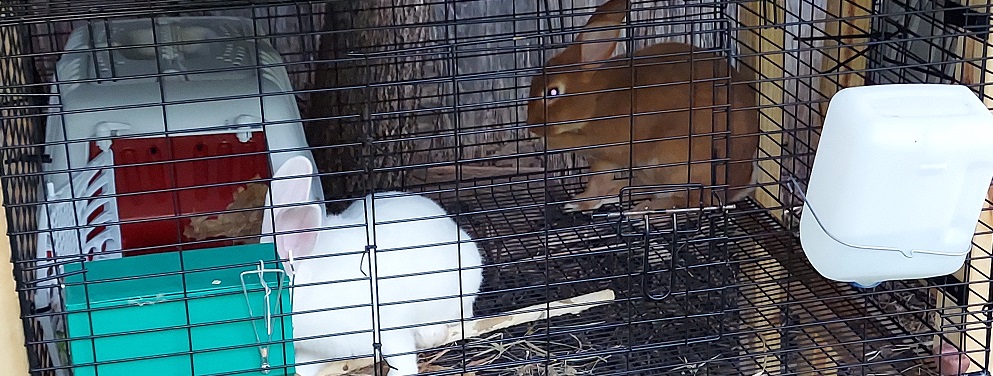
New Zealand rabbits are one of the most popular breeds worldwide, known for their large size, friendly nature, and beautiful appearance. Originally bred for their meat and fur, these gentle giants have also become beloved pets and show animals. In this article, we will delve into the history of the New Zealand rabbit and share essential tips for their proper care, ensuring that your furry friend stays happy and healthy.
A Brief History of New Zealand Rabbits:
Contrary to their name, New Zealand rabbits did not originate from New Zealand but were actually developed in the United States in the early 20th century. The breed was created by crossing various domestic rabbits, likely including Belgian Hares and Flemish Giants, with the goal of producing a large, fast-growing rabbit suitable for meat production.
The breed was officially recognized in 1916 by the American Rabbit Breeders Association (ARBA), and their popularity quickly spread. Today, New Zealand rabbits come in several colors, including white, red, black, and broken (a mix of white and another color). The white variety, often used in laboratories for research, is particularly known for its red eyes, a result of the albino gene.
Caring for Your New Zealand Rabbit:
- Housing:
New Zealand rabbits are a large breed, so providing adequate space is crucial for their well-being. A hutch or cage should be at least four times the rabbit’s size when fully stretched out, with room to stand on their hind legs without touching the top. Ensure that your rabbit has a separate area for sleeping, a litter box, and space to play and exercise.
- Diet:
A balanced diet is essential for your rabbit’s health. Fresh hay, such as Timothy or Orchard grass, should make up the bulk of their diet and be available at all times. Supplement this with a small amount of high-quality rabbit pellets and fresh, leafy greens daily. Avoid feeding your rabbit sugary fruits or starchy vegetables, as these can lead to obesity and digestive issues.
- Grooming:
New Zealand rabbits have a short, dense coat that requires minimal grooming. Brushing your rabbit once a week with a soft-bristle brush will help to remove loose fur and prevent hairballs. During heavy shedding periods, you may need to brush more frequently. Trim your rabbit’s nails regularly to prevent overgrowth and injury.
- Enrichment and Exercise:
Rabbits are intelligent and active animals that require mental and physical stimulation to thrive. Provide your New Zealand rabbit with a variety of toys, such as cardboard tubes, untreated wood chews, and puzzle toys. Ensure that your rabbit has daily opportunities for exercise and play, either in a secure outdoor run or a rabbit-proofed indoor space.
- Health:
Regularly check your rabbit for any signs of illness, such as lethargy, loss of appetite, or changes in fecal output. Dental issues are common in rabbits, so monitor their teeth for overgrowth or malocclusion. Consult a veterinarian experienced in rabbit care for annual check-ups and any health concerns that arise.
- Socialization:
New Zealand rabbits are known for their friendly and social nature. Spend time daily interacting with your rabbit to develop a strong bond and to socialize with them properly. Rabbits are social animals, and you may consider adopting a second rabbit as a companion. Ensure that both rabbits are spayed or neutered to prevent unwanted litters and to reduce the risk of hormonal behaviors.
New Zealand rabbits are a wonderful breed, known for their gentle temperament, striking appearance, and suitability as pets. By understanding their history and providing proper care, you can ensure that your New Zealand rabbit lives a happy, healthy life. With their charming personality and endearing looks, it’s no wonder that these lovable giants continue to capture the hearts of rabbit enthusiasts around the world. So, whether you’re considering adopting a New Zealand rabbit as a pet or simply seeking to learn more about this fascinating breed, we hope this article has provided you with valuable insights and tips for their care and well-being. Happy hopping!
